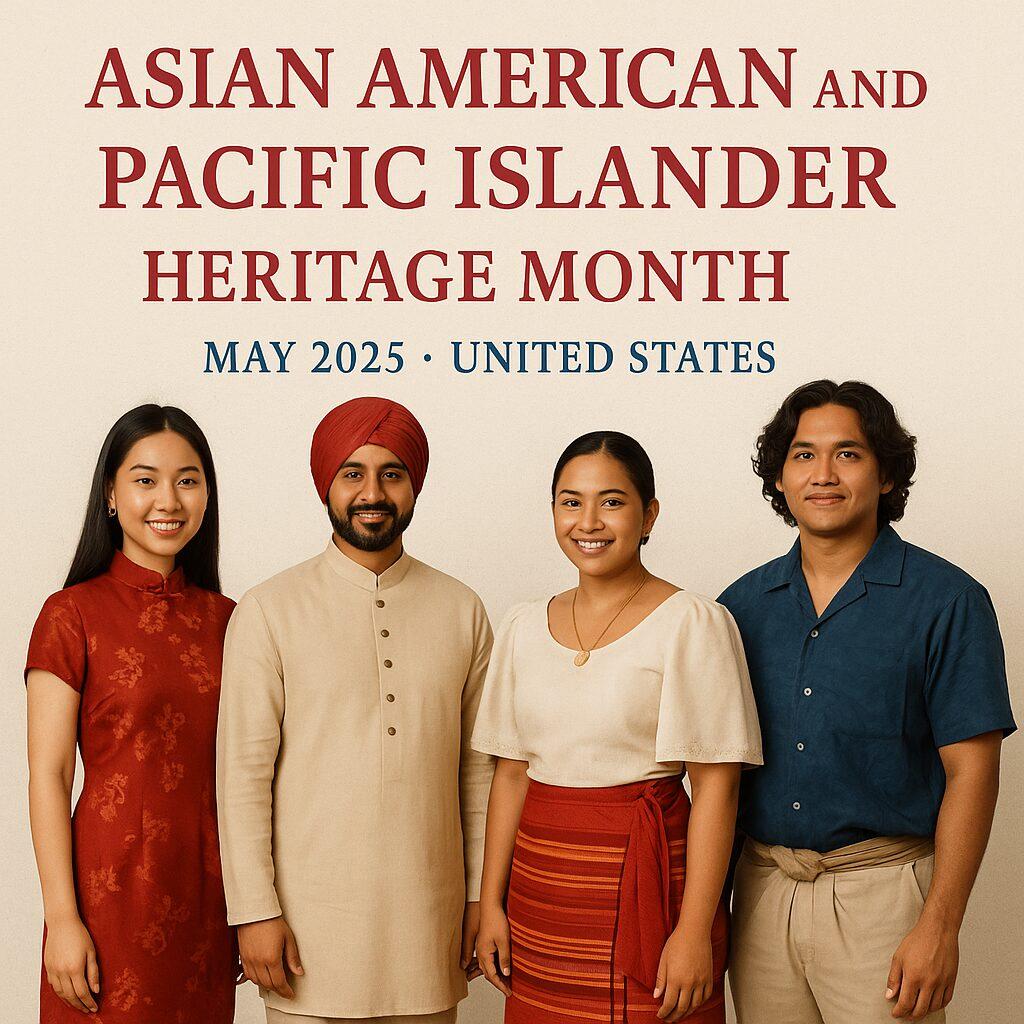THERE are two things we know for sure about the Filipino-American community in our nation’s largest state. And what we know tells us that the community is a sort of tale of two cities, at least politically speaking.
The first fact is that Filipino-Americans, as of the 2010 census, are now the biggest Asian American population in California, the state with the most Asians of all.
Fully 43 percent of all Fil-Ams ( or nearly 1,500,000 ) live in the Golden State. Filipinos in California grew by 34 percent between 2000 and 2010, faster than either Latinos or Asians in general.
Los Angeles County alone accounts for nearly 400,000 Filipinos, the most of any county in the United States. The second-largest Fil-Am population of any county in the country is San Diego County, with almost 200,000.
In addition, San Diego is the only metropolitan area in the US where Filipinos constitute the largest Asian American subgroup of all. Daly City, in the Bay Area, has the highest percentage of Filipino Americans of any city in America, with Filipinos comprising 35 percent of the population.
As a result of this population growth, Tagalog is now the second-most-spoken Asian language in California, behind only Chinese – but Chinese speakers include both Mandarin and Cantonese. And Filipino Americans are now also the largest Asian voting population in California, with 461,000 registered voters, more than Chinese Americans, and vastly more voters than Vietnamese (286,000), Japanese (158,000) and Korean (154,000).
In terms of voter turnout (percentage of registered voters casting ballots), Filipino voters also surpass all other Asian groups, except for Japanese Americans.
Although not home to as many very wealthy individuals as the Asian Indian or Chinese communities, the Fil-Am community in California is well-educated and very solidly middle-class.
More than 90 percent of Filipinos have a high school diploma or higher, and 46 percent have a bachelor’s degree or higher.
With a firm foothold in the medical community, 20 percent of all nurses in California are Filipino. More than half of all Filipinos in the state are homeowners, and after Asian Indians, Filipinos have the least poor and the least low-income members among all Asian groups in the state.
Now for the bad news: These robust metrics so far have not translated into Fil-Am political influence and success commensurate with a population of its size, education level and solid economic situation as a mainly professional class.
Consider the history of Asian American elected officials in California. The first-ever Asian, and first Korean American, elected to the California Legislature was Alfred Song, who won election to the Senate clear back in 1961. March Fong Eu became the first Chinese American, and first Asian woman, elected to the Legislature in 1966.
The first Japanese American elected to the Legislature was Paul Bannai in 1972. Van Tran was the first Vietnamese American elected to go to Sacramento in 2004. A part-Indonesian legislator was elected in 2010.
But the very first Filipino-American ever elected to the Legislature, Rob Bonta, was elected just last year.
Since the historic elections of Alfred Song over 50 years ago, and March Fong Eu and Paul Bennai, there has been one other Korean American elected to the Legislature, a total of 10 more Japanese Americans and 12 more Chinese Americans have been elected to serve in Sacramento. But so far, there has only been one lonely Filipino.
Parenthetically, and by comparison, the first African American member of the California Legislature was elected nearly 100 years ago in 1918 (a Republican, somewhat ironically, given the lock the Democrats have on black voters today), and the first two Latinos gained legislative office in 1962.
There have been three Asian American statewide elected officeholders in California history (all of them Chinese Americans) including the current controller, John Chiang (the others were Secretary of State March Fong Eu and Treasurer Matt Fong).
The first and only Asian American outside Hawaii ever to serve in the US Senate was California’s Sam Hayakawa, a Japanese American. But there has never been a statewide officeholder of Filipino ancestry. Supreme Court Chief Justice Tani Cantil-Sakauye is a Filipina, but she was appointed to the position by the governor and not elected by the voters.
At the congressional level, Filipinos in California also have been shut out so far. The first-ever Asian American elected to the Congress was from California, Dalip Singh Saund, an Asian Indian, in 1956.
Norm Mineta, from San Jose, was the first Japanese American elected to Congress outside of Hawaii, in 1974. The first and so far only Korean American in Congress was Jay Kim, also from California, who was elected in 1992 but was defeated in 1998.
Rep. Judy Chu was the first Chinese American woman ever elected Congress, and Rep. Mark Takano, elected in 2012, from Riverside, is the first openly gay Asian member of Congress.
Nationally, only three members of Congress with Filipino heritage have ever served since our founding, starting with Virginia’s Bobby Scott, elected in 1992, whose maternal grandmother was Filipino.
Nevada Sen. John Ensign’s paternal grandfather was half Filipino and half-German, and Rep. Steve Austria, from Ohio, had a father from Quezon City.
Only Scott still serves, and no Filipino immigrant or full-blooded Filipino has ever served in either house of Congress.
It is interesting and instructive to note the comparable political history of Fil-Ams in Hawaii, home to the nation’s second-largest Filipino community after California.
The first Filipino elected to the Hawaii Legislature, after the Aloha State joined the Union in 1959, was Benjamin Menor, in 1962. In 1974, the same Menor was appointed to the state Supreme Court — the first Filipino to hold that position in any US state.
In 1982, eight Filipinos were elected to the state Legislature, and in 1987, Daniel Kihano was elected speaker — the first Fil-Am to occupy that position in any state.
In 1994, Ben Cayetano (son of an immigrant from Urdaneta, Pangasinan) was elected governor of Hawaii, the first and so far only Filipino ever to govern a state.
In 2001, Robert Bunda was elected state senate president, the first Fil-Am in the US to hold such a position.
In 2002, five Filipino Americans were elected to the Senate, and six to the House; in 2004 seven Fil-Am candidates for the House won. There is now a Filipino Caucus in the Hawaii Legislature.
Now to be fair, Filipinos constitute a larger share of the population in Hawaii than they do in California (nearly one-fourth of Hawaiians) and Hawaii is a much smaller state, where campaigns are far cheaper than in the mega-state of California. But the Hawaiian experience demonstrates quite clearly that Fil-Ams can achieve high levels of political representation and success, even in places where they are in the minority (Caucasians are the largest racial group in Hawaii, followed by Japanese or part-Japanese).
No ethnic minority in the United States is better organized and more successful politically than the Jewish community. There are only 5.4 million Jews in all of America – just 1.73 percent of the population of 311 million. But there are fully 11 members of the US Senate (more than one-tenth) who are Jewish, and 22 members of the House of Representatives.
The mayors of our three largest cities: New York, Los Angeles and Chicago, are all Jewish. Even Hawaii elected a Jewish governor in 2002.
The Jewish political fundraising apparatus across the country is legendary, and the Anti-Defamation League is arguably the most sophisticated and effective anti-discrimination organization in the country.
In my several decades of experience as a political strategist, campaign manager and advisor to elected officials, I have learned that there are three distinct elements necessary for a racial minority to fully empower itself in the political system: fundraising, candidate recruitment and training, and a watchdog entity to ensure quick response to ethnic slurs and derogations that, more frequently than we wish, take place in the heat of campaigns.
First, there should be structural entities and networks established, which enhance and ensure significant fundraising for Fil-Am candidates running for office at all levels.
The most beneficial would be a permanent political action committee (for lack of a better working title, let’s call it FilPAC) that raises funds aggressively and on an ongoing basis, in both election years and non-election years. It amasses a kitty that can be drawn upon for seed-money and continuing financial support for Fil-Am candidates.
Because state and federal political fundraising laws differ considerably, there would need to be both a PAC for state and local candidates, and another for federal candidates.
In the 2006 elections, state Controller John Chiang (the only Asian candidate running for statewide office) found himself under attack by a multi-million-dollar independent expenditure campaign funded by some wealthy California Indian tribes.
I was involved in the attempt to fight this effort, but we found ourselves with no readily available Asian money source, and had to depend mainly on organized labor to fund our ultimately successful fight-back strategy. There is no excuse why the Asian American community, with its economic clout, would not have existing fundraising mechanisms in place to promote, defend and protect Asian candidates for public office.
Second, there should be an ongoing process and entity to identify, recruit and train Fil-Am candidates from all walks of life to run for public office at all levels.
As someone who has been involved in political campaigns for 40 years, and whose family has been in politics since the 1860s, politics comes naturally to me. But to many people with no previous political involvement other than voting, deciding to run for public office and putting together a campaign can be a daunting, even intimidating process.
There is a method and playbook to running effective campaigns in this day and age, and potential Fil-Am candidates, who have never before considered running for office, could be made more comfortable with the notion through a training process that instructs them on proven campaign techniques.
For several years, I have taken part as a presenter and trainer in excellent campaign seminars sponsored by the Asian Pacific American Leadership Project, which has shown success in teaching Asian American candidates how to run a modern campaign.
But the sheer size of the Fil-Am community in California, combined with the historical dearth of Fil-Am candidates and officeholders, suggest to me that an intensive recruitment and training effort specific to Fil-Am candidates is called for.
Third, I know from personal experience, as communications director in the Los Angeles mayoral campaign of Mike Woo in 1993, how anti-Asian bias and prejudice (both subtle and overt) can erupt in a campaign involving an Asian candidate.
In one instance in that race, there were picketers at an event holding outright racist signs saying, “Honk if you want to send Mike Woo back to China on a slow boat.”
But the Asian American community in general lacks the kind of sophisticated anti-discrimination organizations of other minority groups, such as the Anti-Defamation League (cited earlier) and the NAACP – and it was difficult to organize an immediate and effective effort to counter this blatant bias.
There is a reason why Asians in America have been called the “quiet minority.” (I wrote a couple of articles about this profoundly disturbing experience, including this one in AsianWeek: http://www.asianweek.com/2007/07/20/banking-on-racism/)
The Chinese American community does have the Committee of 100 — a prestigious national organization of prominent individuals — that I have called upon and used effectively on behalf of Asian clients who were being targeted for their race or ethnicity.
The Asian Pacific American Legal Center, headquartered here in Los Angeles, is also a fine organization which employs its legal expertise to fend off discrimination and instances of bias against Asian Americans.
But again, because of its size and unique history, the Fil-Am community in California should consider establishing an organization of its own — one that is ready at an instant to deploy in campaigns to counter instances of bias or defamation.
If the very large Filipino-American community in California has the will, it also obviously has the ways and the means to enhance its own political empowerment and standing. But it will take financial heft, ongoing and effective organization, and constant vigilance. I stand ready and eager to work with the community in this effort.
Ito ay hindi kailanman huli upang simulan.
* * *
Garry South, a longtime Democratic political strategist and commentator, has been called “California’s political chess master” by the Los Angeles Times. His son is half Chinese, so South considers himself part of the Asian American community.
(www.asianjournal.com)
(LA Weekend October 26-29, 2013 Sec A pg.14)






